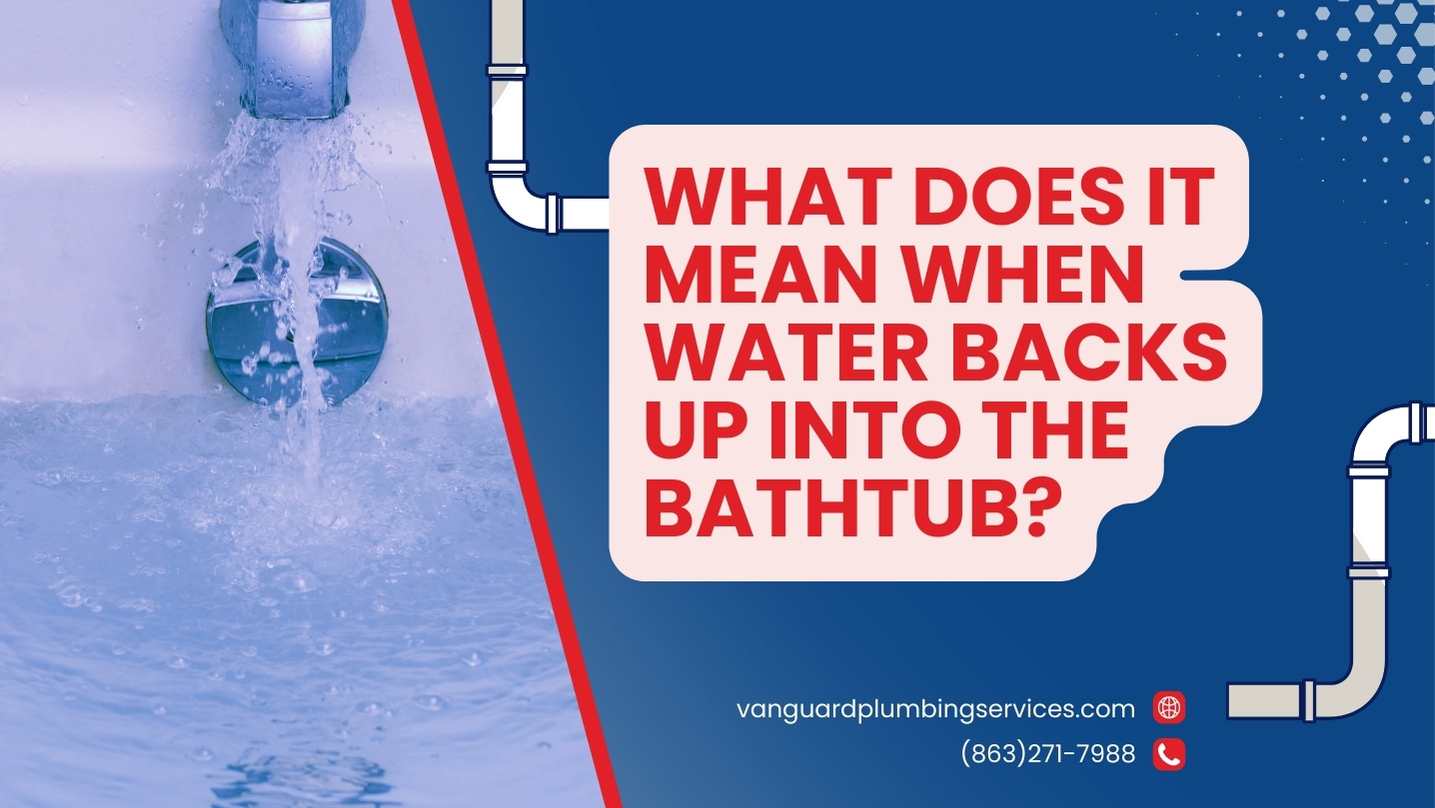Understanding the Problem

Bathroom sink backs up into tub – When a bathroom sink backs up into a tub, it’s a sign that something is wrong with the plumbing system. The most common cause of this problem is a clog in the drainpipe that connects the sink to the tub. Other potential causes include a faulty P-trap, a clogged vent pipe, or a problem with the main sewer line.
Bathroom sink backs up into tub is a common plumbing issue that can be caused by a variety of factors. One potential solution is to install an 18 inch deep bathroom vanity with sink. This type of vanity is designed to provide more space for the plumbing, which can help to prevent backups.
Additionally, an 18 inch deep bathroom vanity with sink can also provide more storage space for bathroom essentials.
Signs and Symptoms
- Water backs up into the tub when the sink is used.
- The water in the sink drains slowly or not at all.
- There is a gurgling sound coming from the sink or tub.
- There is a foul odor coming from the sink or tub.
Consequences, Bathroom sink backs up into tub
If the problem is not addressed, it can lead to a number of serious consequences, including:
- Flooding in the bathroom.
- Damage to the bathroom floor and walls.
- Growth of mold and mildew.
- Health problems for the occupants of the home.
Troubleshooting and Diagnosis: Bathroom Sink Backs Up Into Tub

Unclogging a bathroom sink that backs up into the tub requires a systematic approach to identify and resolve the underlying issue. This guide provides a step-by-step process for troubleshooting and diagnosing the problem.
Identifying the Source of the Backup
To determine the source of the backup, follow these steps:
- Check the Sink Drain: Remove the stopper and inspect the drain opening for any visible clogs, such as hair, soap scum, or debris.
- Examine the Tub Drain: Remove the drain cover and check for blockages in the tub drainpipe. Look for hair, soap scum, or other obstructions.
- Inspect the Drainpipe: If the sink and tub drains are clear, the issue may lie in the drainpipe connecting them. Use a drain snake or auger to clear any clogs in the pipe.
Repair and Maintenance

Repairing and maintaining a bathroom sink to prevent backups is crucial for a functional and hygienic bathroom. Understanding the underlying causes and implementing proper maintenance practices can effectively address and prevent future issues.
There are various repair options available for fixing a bathroom sink backup, depending on the severity and cause of the clog. Some common methods include:
Clearing Clogs
- Plunger: A plunger is a simple yet effective tool for dislodging clogs. Place the plunger over the drain and pump vigorously to create suction and pressure to force the clog through.
- Drain Snake: A drain snake is a flexible cable with a hooked end that can be inserted into the drain to manually remove clogs. It is particularly useful for clogs that are deeper in the drainpipe.
- Chemical Drain Cleaners: Chemical drain cleaners are harsh solutions that can dissolve clogs. However, they should be used with caution and according to the manufacturer’s instructions, as they can be corrosive and harmful to pipes if used excessively.
- Baking Soda and Vinegar: A natural and eco-friendly method to clear clogs is to pour a cup of baking soda down the drain, followed by a cup of vinegar. The reaction between the two creates a fizzing action that can help break down clogs.
Regular Maintenance
Regular maintenance is essential to prevent future backups and keep the bathroom sink functioning properly. Here are some key maintenance tips:
- Hair Catcher: Install a hair catcher in the sink drain to prevent hair from entering the drain and forming clogs.
- Regular Cleaning: Regularly clean the sink drain with hot water and dish soap to remove soap scum and debris.
- Inspect Drainpipes: Periodically inspect the drainpipes under the sink for any signs of leaks or damage that could lead to backups.
- Avoid Flushing Debris: Do not flush non-biodegradable items such as paper towels, cotton balls, or food scraps down the sink, as they can contribute to clogs.
If your bathroom sink backs up into the tub, it could be due to a clog in the drain. To fix this, you can try using a drain snake or calling a plumber. If you’re looking for a new sink, small bathroom sinks at lowes come in a variety of styles and sizes to fit any bathroom.
Once you’ve installed your new sink, be sure to clean it regularly to prevent clogs from forming in the future.
